Conventional and alternative sites for left ventricular assist device inflow and outflow cannula placement
- PMID: 33842225
- PMCID: PMC8033267
- DOI: 10.21037/acs-2020-cfmcs-28
Conventional and alternative sites for left ventricular assist device inflow and outflow cannula placement
Abstract
Left ventricular assist device (LVAD) therapy is a well accepted and effective strategy to treat advanced heart failure. The miniaturized third-generation centrifugal pumps HeartWare HVAD (Medtronic, Dublin, Ireland) and HeartMate 3 (Abbott, Illinois, USA) are the two most commonly implanted systems in the contemporary era. Their design has allowed clinicians to pioneer several alternate and less invasive implantation techniques to tackle a broad spectrum of clinical scenarios. A brief review and discussion of alternative surgical techniques for both inflow and outflow cannula insertion, in the contemporary LVAD surgery era, are herein reported.
Keywords: Left ventricular assist device (LVAD); biventricular assist device (BiVAD); inflow cannula; less invasive cardiac surgery; outflow cannula.
2021 Annals of Cardiothoracic Surgery. All rights reserved.
Conflict of interest statement
Conflicts of Interest: The authors have no conflicts of interest to declare.
Figures

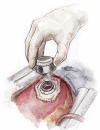


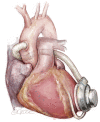
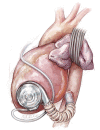
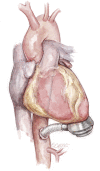
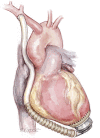


References
Publication types
LinkOut - more resources
Full Text Sources
Other Literature Sources
